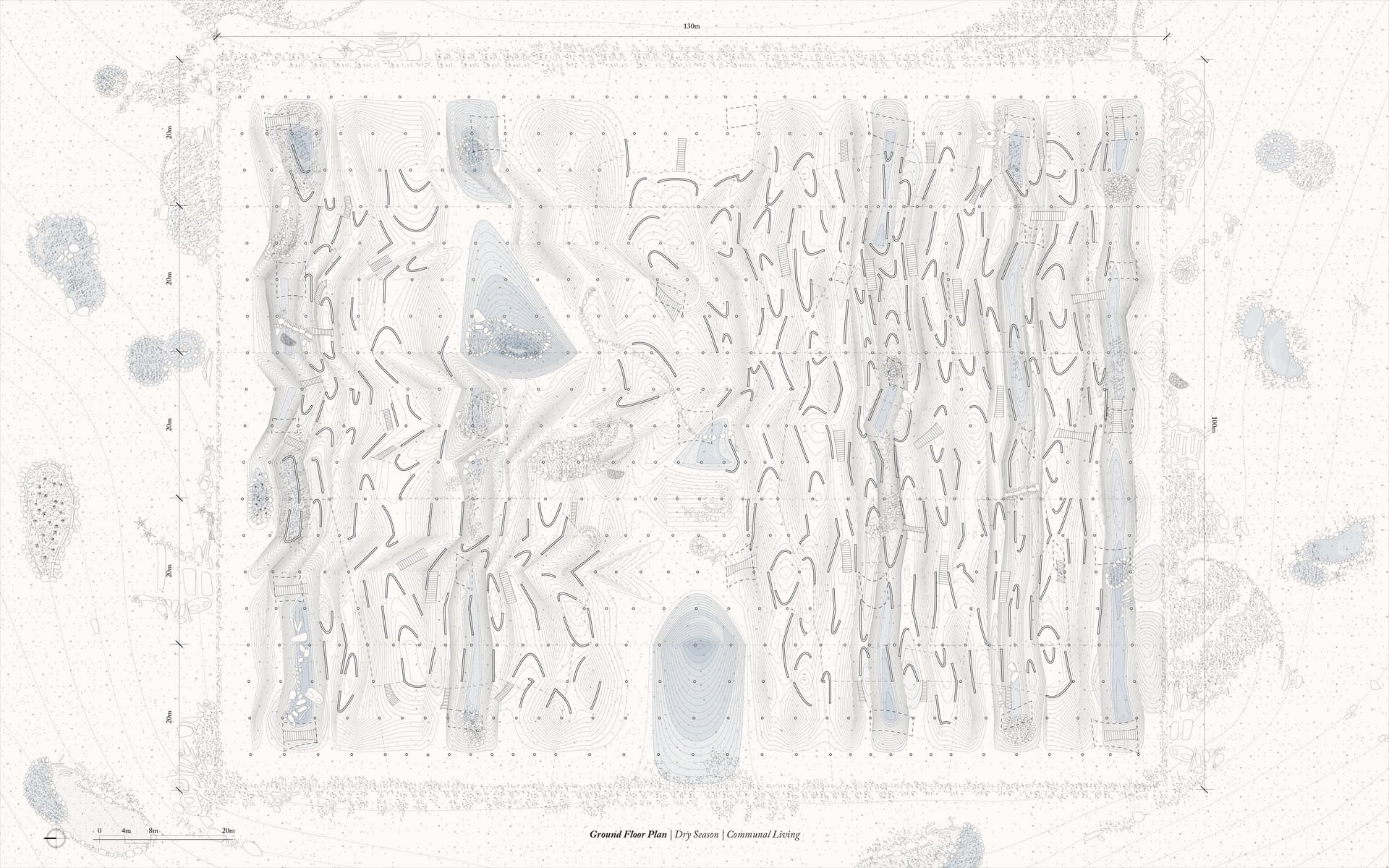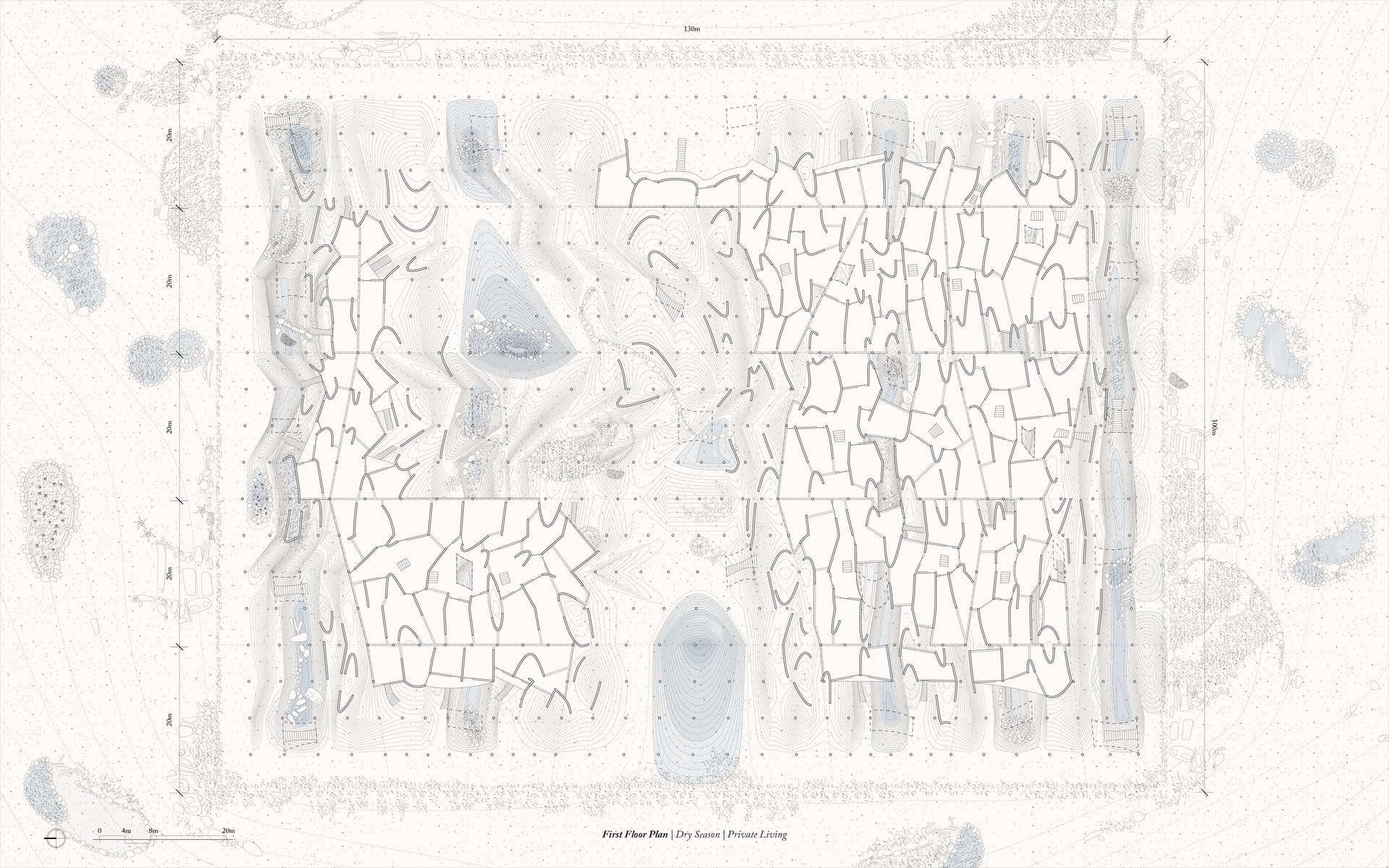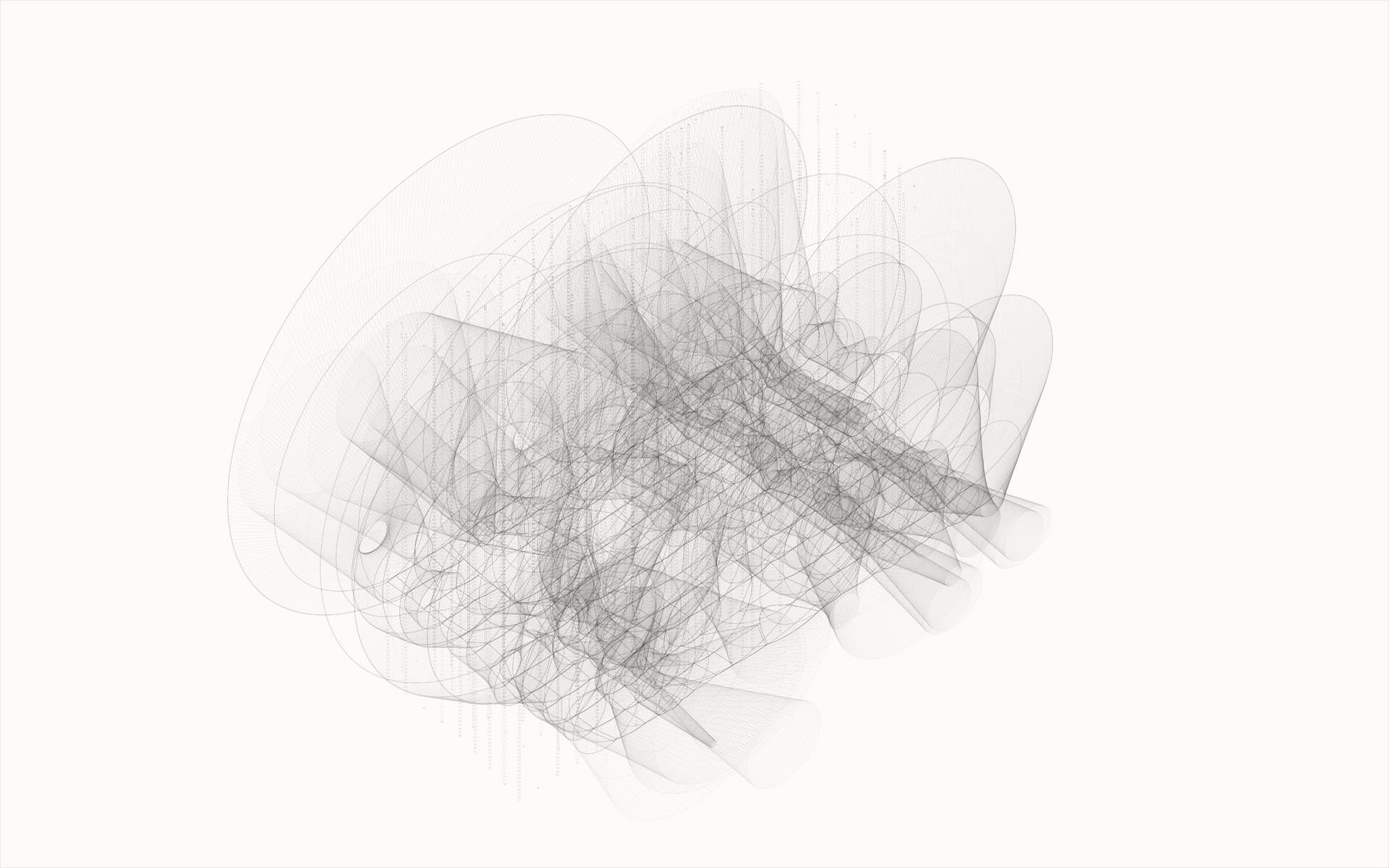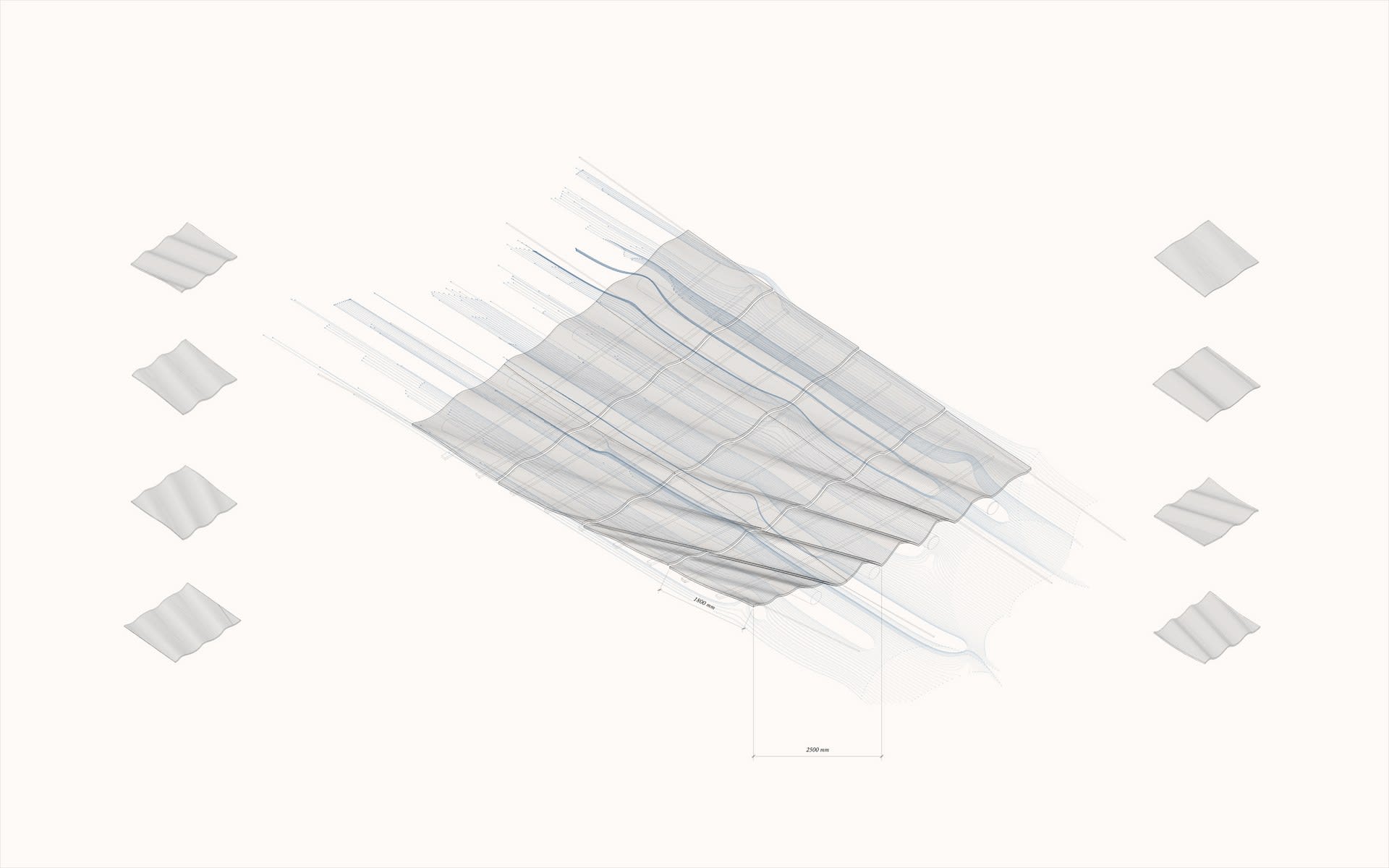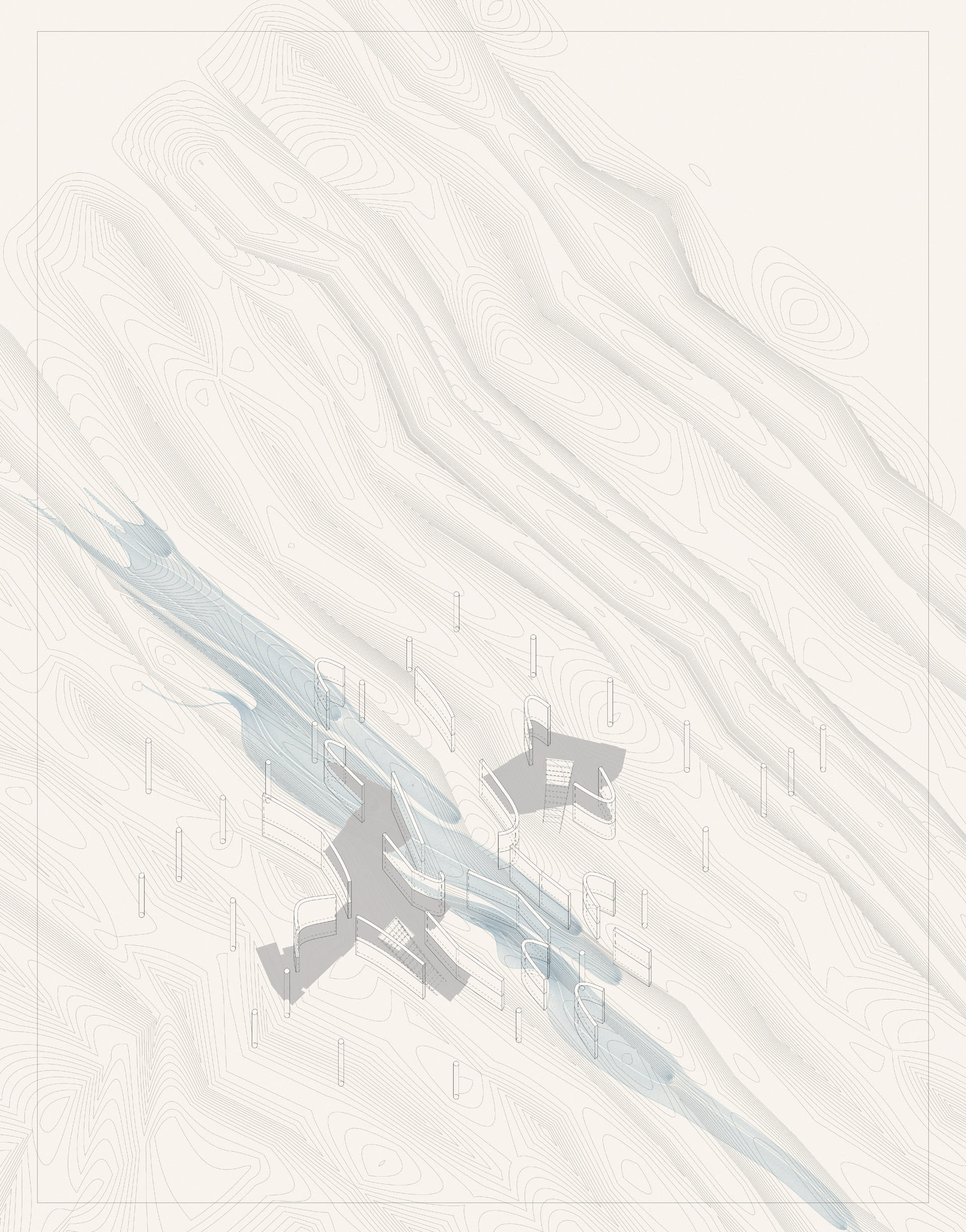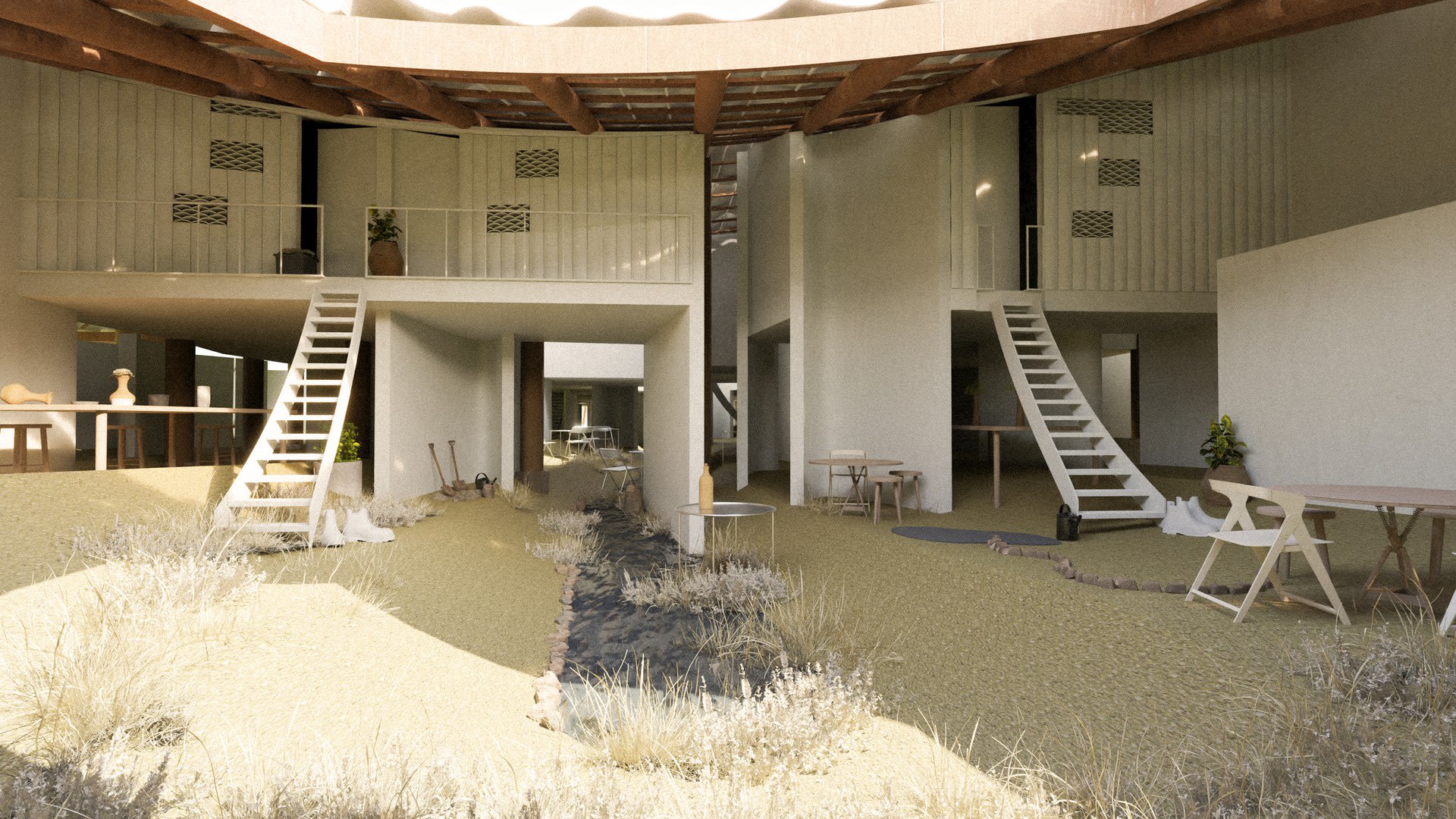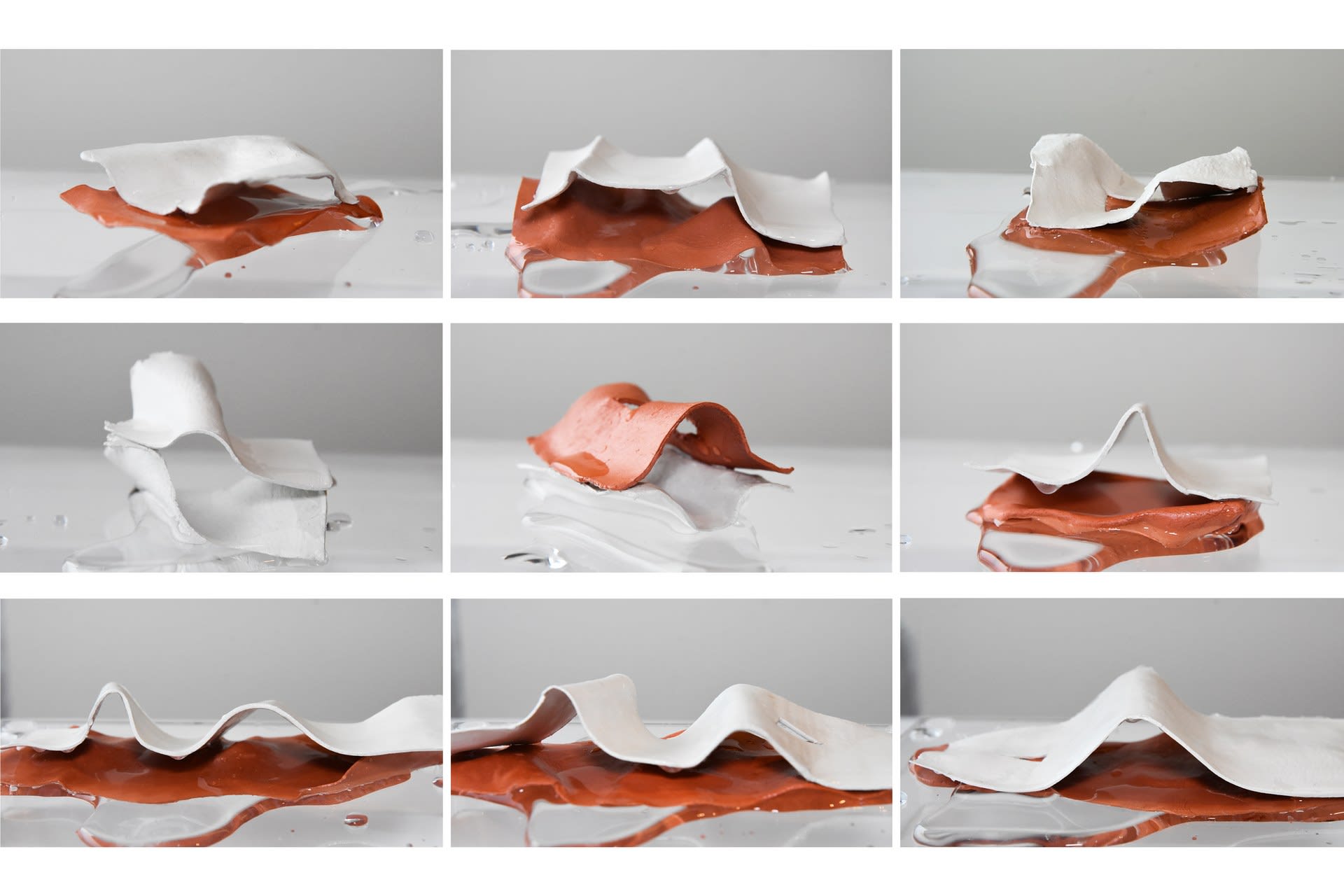Zhuxuan completed her undergraduate Architecture degree at the University of Liverpool in 2018. After graduating, she spent one year working at Shedkm Architects London before joining RCA, primarily focusing on modular residential and regenerative city projects.
Being raised in China and received architectural education in western system, building placelessness and designs under western hegemony become a question that she’s interested in. In the future, she hopes to draw upon her past experiences to explore how architecture could be intertwining with cultural identity and modern technology.





